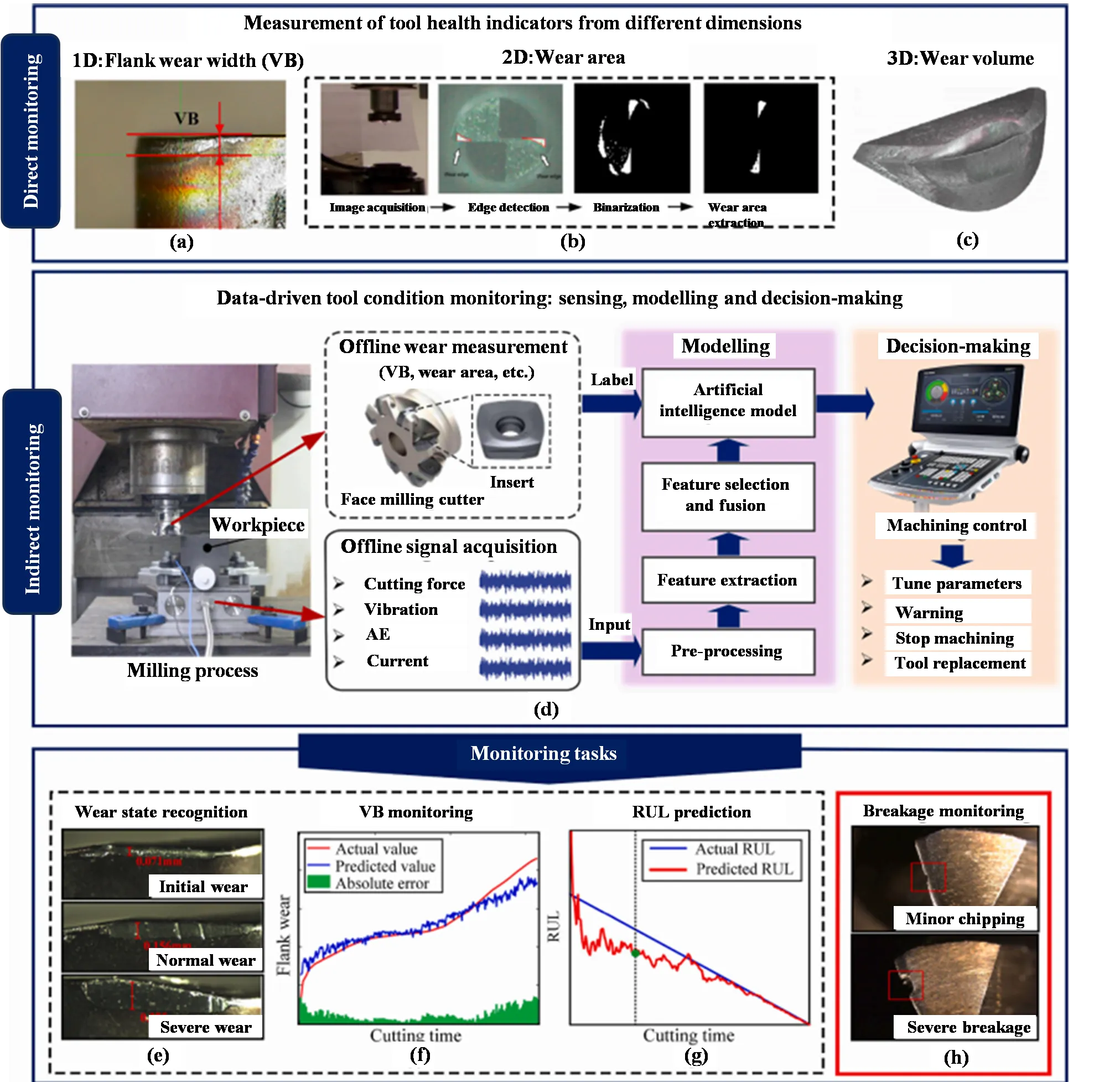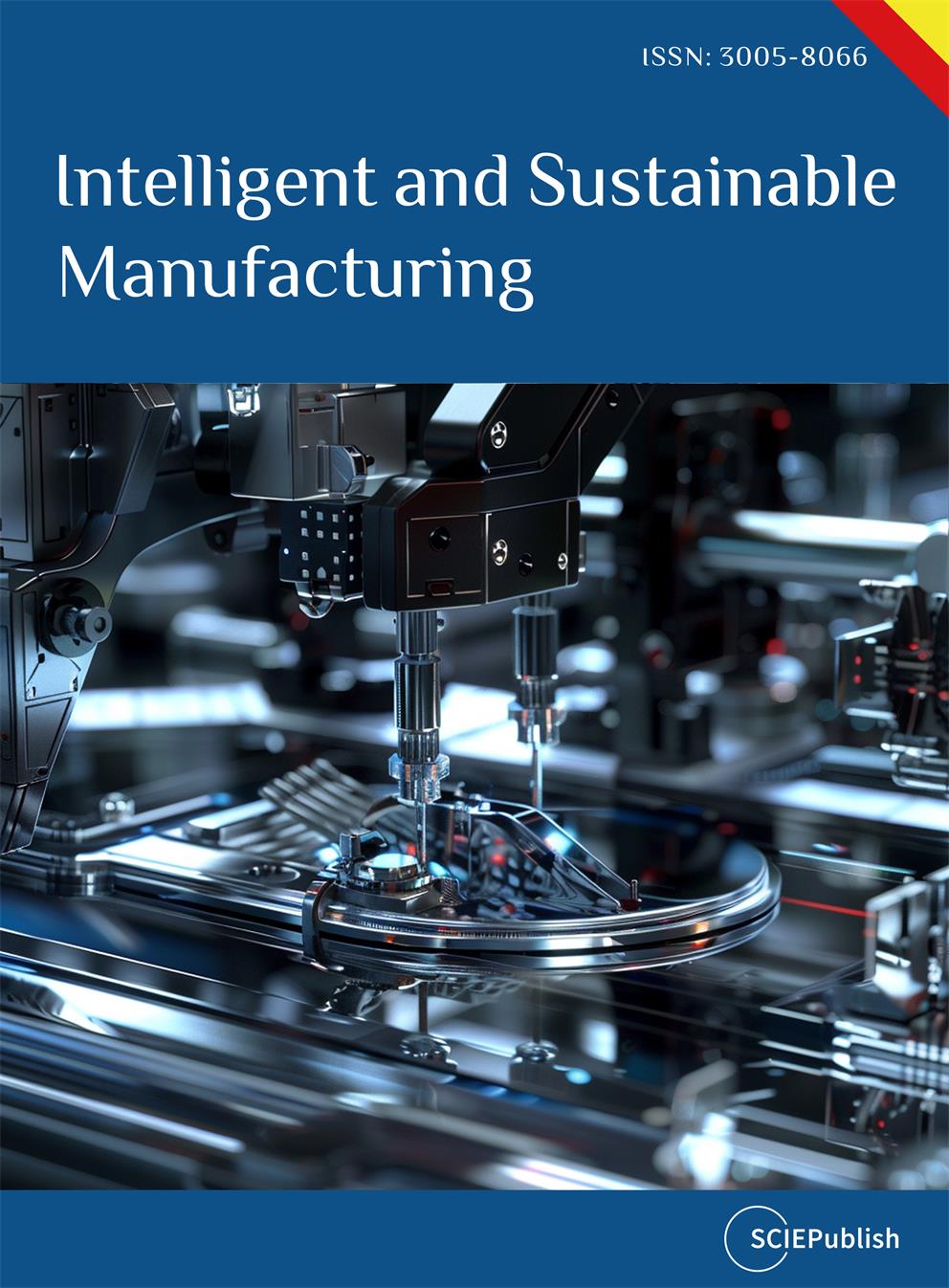Found 9 results
Open Access
Review
14 November 2025Advancements in Hybrid Abrasive Flow Finishing: Fundamentals, Technological Developments, and Industrial Applications in Precision Manufacturing
Hybrid-Based Abrasive Flow Finishing (HAFF) represents a significant evolution in precision manufacturing, particularly in addressing the inherent limitations of traditional finishing techniques when dealing with complex geometries and challenging materials. HAFF achieves remarkable precision in managing particle motion by blending state-of-the-art energy inputs and mechanical reinforcements, including sonic vibrations, electromagnetic influences, and beam-guided supports, which accelerate the pace of material extraction and elevate the overall finish of surfaces. This paper comprehensively reviews various HAFF approaches, including energy-assisted methods (e.g., electrochemical, ultrasonic, and laser), force-assisted techniques (e.g., magnetic, hydrodynamic, and vibration), and hybrid energy-force integrated systems. Recent advancements, such as cryogenic-assisted, rotational-assisted, and magnetorheological-assisted AFF, are also discussed in this review. Recent studies from 2023 to 2025 highlight improvements in material removal rates of up to 80% and reductions in surface roughness of over 90% across various HAFF variants, underscoring the timeliness of these developments. Incorporating diverse power sources and mechanical aids into HAFF allows for exact oversight of particle interactions, speeding up the removal of excess material, refining the exterior finish, and broadening its utility across detailed designs and tough-to-process substances. Despite significant progress, challenges persist in scaling HAFF processes for industrial applications, improving cost efficiency, and implementing effective real-time monitoring systems. The future trajectory of HAFF research will focus on the development of innovative abrasive media, advanced automation technologies, artificial Intelligence techniques, and sustainable manufacturing practices. This study examines all existing HAFF technology solutions and evaluates product applications for aerospace, automotive, medical equipment, and micro-manufactured devices. The discussion highlights the industries that require more advanced technological investigations.

Open Access
Review
18 February 2025Digital Twin and Artificial Intelligence in Machining: A Bibliometric Analysis
The past decade has witnessed an exodus toward smart and lean manufacturing methods. The trend includes integrating intelligent methods into sustainable manufacturing systems purposely to improve the machining efficiency, reduce waste and also optimize productivity. Manufacturing systems have seen transformations from conventional methods, leaning towards smart manufacturing in line with the industrial revolution 4.0. Since the manufacturing process encompasses a wide range of human development capacity, it is essential to analyze its developmental trends, thereby preparing us for future uncertainties. In this work, we have used a Bibliometric analysis technique to study the developmental trends relating to machining, digital twins and artificial intelligence techniques. The review comprises the current activities in relation to the development to this area. The article comprises a Bibliometric analysis of 464 articles that were acquired from the Web of Science database, with a search period until November 2024. The method of obtaining the data includes retrieval from the database, qualitative analysis and interpreting the data via visual representation. The raw data obtained were redrawn using the origin software, and their visual interpretations were represented using the VOSviewer software (VOSviewer_1.6.19). The results obtained indicate that the number of publications related to the searched keywords has remarkably increased since the year 2018, achieving a record maximum of over 80 articles in 2024. This is indicative of its increasing popularity. The analysis of the articles was conducted based on the author countries, journal types, journal names, institutions, article types, major and micro research areas. The findings from the analysis are meant to provide a bibliometric explanation of the developmental trends in machining systems towards achieving the IR 4.0 goals. Additionally, the results would be helpful to researchers and industrialists that intend to achieve optimum and sustainable machining using digital twin technologies.
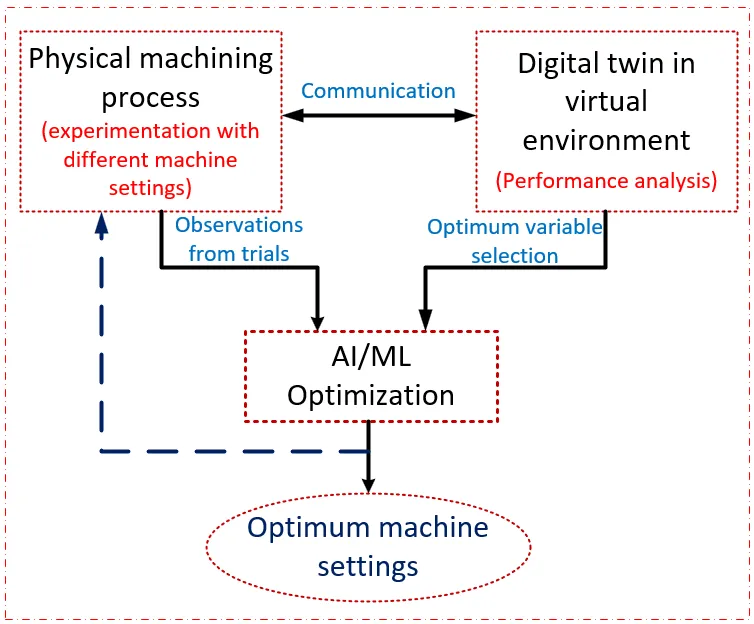
Open Access
Article
21 January 2025Machining Characteristics of Graphene Oxide-Based Nanosuspensions in Abrasive Machining of Single-Crystal Si and SiC
Single-crystal silicon (Si) and silicon carbide (SiC) are core semiconductor materials in communication, lighting, power generation, and transportation. However, their high hardness and wear resistance combined with low fracture toughness have posed significant challenges for high-efficiency and low-damage machining. Aqueous suspensions containing nanoparticle additives have recently been developed for sustainable manufacturing due to their satisfactory tribological performance and environmentally friendly nature. In this work, nanoadditives, including two-dimensional (2D) graphene oxide (GO) nanosheets and zero-dimensional (0D) diamond nanoparticles, were ultrasonically dispersed in water to formulate different GO-based nanosuspensions for achieving high-efficiency and low-damage abrasive machining. The experimental results indicated that GO nanosuspension was a suitable coolant for grinding Si, generating a ground surface of 32 nm in Ra, owing to its great lubricity and excellent resistance against mechanical abrasion. Diamond-GO hybrid nanosuspension demonstrated a synergistic effect in abrasion, lubrication and oxidation, which was thus appropriate for polishing SiC single crystals, leading to approximate 60% and 30% improvements in removal and roughness respectively, in comparison to a commercially available diamond suspension.
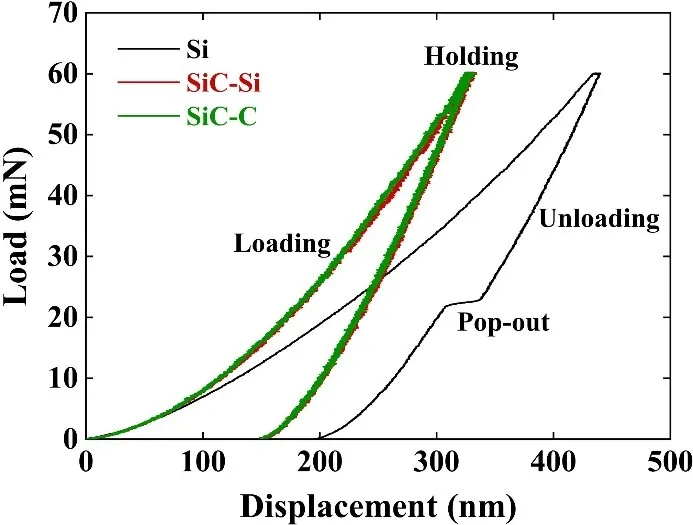
Open Access
Review
08 January 2025A Review of Ultrasonic Vibration-Assisted Grinding for Advanced Materials
Ultrasonic vibration-assisted grinding (UVAG), which superimposes high-frequency, micro-amplitude ultrasonic vibration onto conventional grinding (CG), offers several advantages, including a high material removal rate, low grinding force, low surface roughness, and minimal damage. It also addresses issues such as abrasive tool clogging, thereby enhancing machining efficiency, reducing tool wear, and improving the surface quality of the workpiece. In recent years, the rapid development of advanced materials and improvements in UVAG systems have accelerated the progress of UVAG technology. However, UVAG still faces several challenges in practical applications. For example, the design and optimization of the ultrasonic vibration system to achieve high-precision, large-amplitude, and high-efficiency grinding remain key issues. Additionally, further theoretical and experimental studies are needed to better understand the material removal mechanism, the dynamics of grinding force, abrasive tool wear, and their effects on surface quality. This paper outlines the advantages of UVAG in machining advanced materials, reviews recent progress in UVAG research, and analyzes the current state of ultrasonic vibration systems and ultrasonic grinding characteristics. Finally, it summarizes the limitations of current research and suggests directions for future studies. As an emerging machining technology, UVAG faces challenges in many areas. In-depth exploration of the theoretical and experimental aspects of high-precision, large-amplitude, and high-efficiency ultrasonic vibration systems and UVAG is essential for advancing the development of this technology.
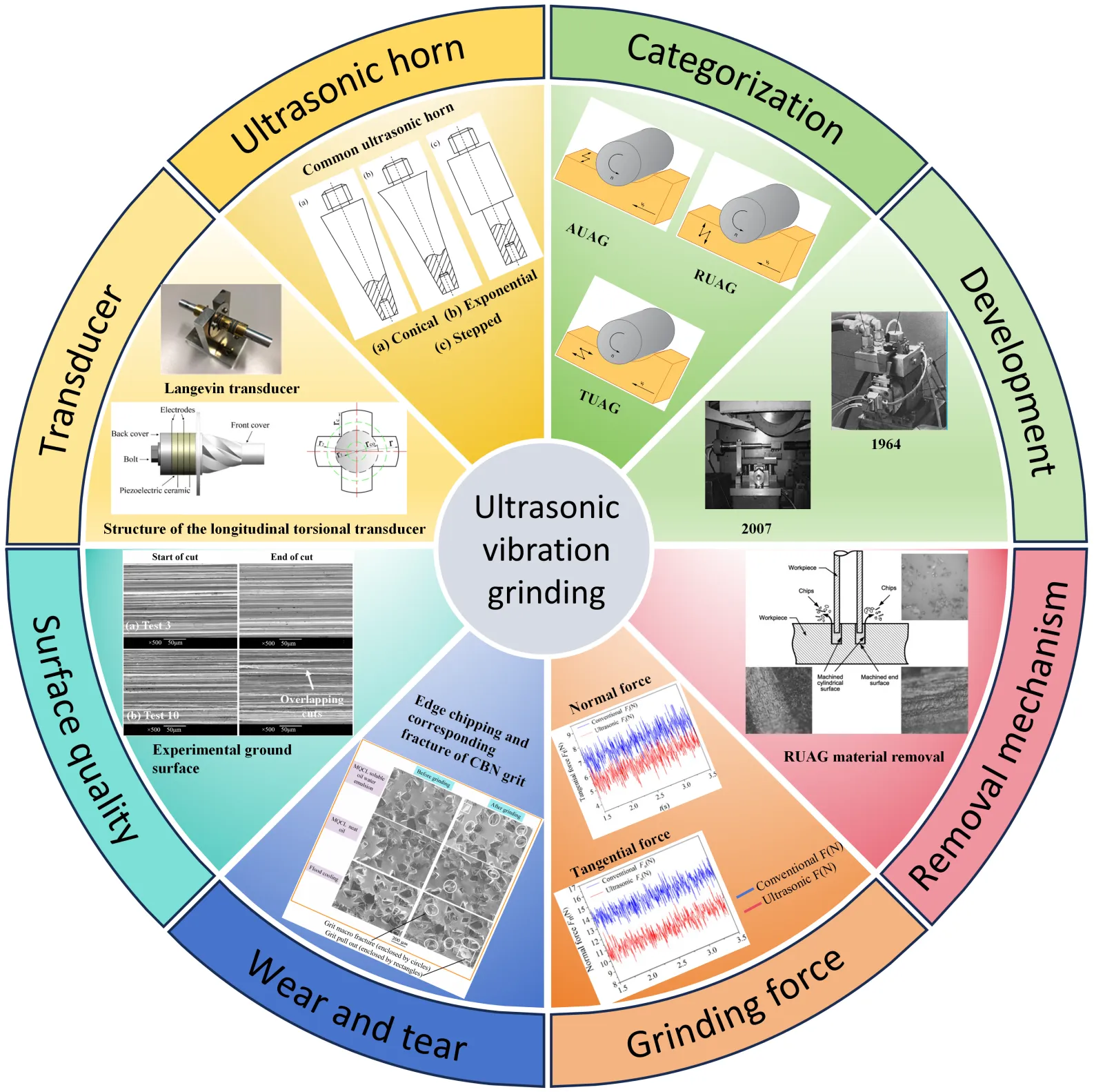
Open Access
Article
26 November 2024Identification of Cutting Workpiece Surface Defects Based on an Improved Single Shot Multibox Detector
In the mechanical cutting process, the surface defects of the workpiece are an important indicator of cutting quality and also reflect the condition of both the machine tool and the cutting tool. Effective detection of defects on the surface of the workpiece plays an important role in adjusting the processing conditions promptly, reducing losses, improving the utilization rate of the workpiece, and maintaining the normal operation of the equipment. To address the challenge of detecting surface defects on workpieces, an inspection method based on an improved Single Shot Multibox Detector (SSD) model is proposed. The method simplifies the detection model and reduces the computation by proposing a DH-MobileNet network instead of a VGG16 network in the SSD structure. The inverse residual structure is also used for position prediction, and null convolution is used instead of a down-sampling operation to avoid information loss. A scanning electron microscope was used to obtain the surface image of the workpiece. A dataset of workpiece surface defects was constructed and expanded, then used to train and test the model for detecting three common types of high-frequency defects: peel-off, chip adhesion, and scratches. The effect was compared with YOLO, Faster R-CNN, and the original SSD model. The detection results show that the method can detect the defects on the surface of the workpiece more accurately and quickly, which provides a new idea for defect detection in real industrial scenarios.
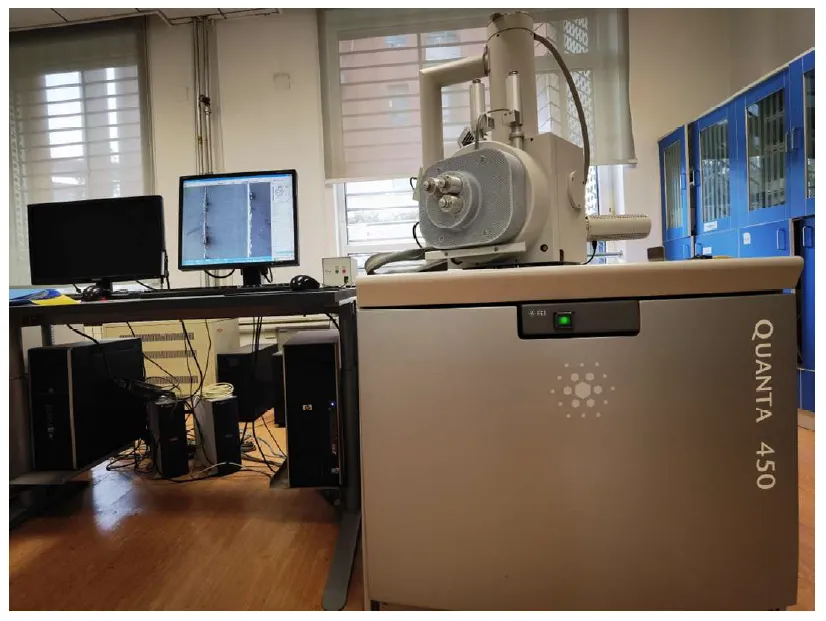
Open Access
Review
28 March 2024Digital Twins Enabling Intelligent Manufacturing: From Methodology to Application
Digital twin technology develops virtual models of objects digitally, simulating their real-world behavior based on data. It aims to reduce product development cycles and costs through feedback between the virtual and real worlds, data fusion analysis, and iterative decision-making optimization. Traditional manufacturing processes often face challenges such as poor real-time monitoring and interaction during machining, difficulties in diagnosing equipment failures, and significant errors in machining. Digital twin technology offers a powerful solution to these issues. Initially, a comprehensive review of the research literature was conducted to assess the current research scope and trends. This was followed by an explanation of the basic concepts of digital twins and the technical pathway for integrating digital twins into intelligent manufacturing including outlining the essential technologies for creating a system of interaction between the virtual and real worlds, enabling multimodel fusion, data sensing, algorithm-based prediction, and intelligent decision-making. Moreover, the application of digital twins in intelligent manufacturing throughout the product life cycle was detailed, covering product design, manufacturing, and service stages. Specifically, in the manufacturing phase, a model based on heat conduction theory and visualization was used to construct a time-varying error model for the motion axis, leading to experiments predicting the time-varying error in the hole spacing of a workpiece. These experiments achieved a minimum prediction error of only 0.2 μm compared to the actual error. By compensating for time-varying errors in real time, the variability in the hole spacing error decreased by 69.19%. This paper concludes by summarizing the current state of digital twins in intelligent manufacturing and projecting future trends in key technologies, application areas, and data use, providing a basis for further research.
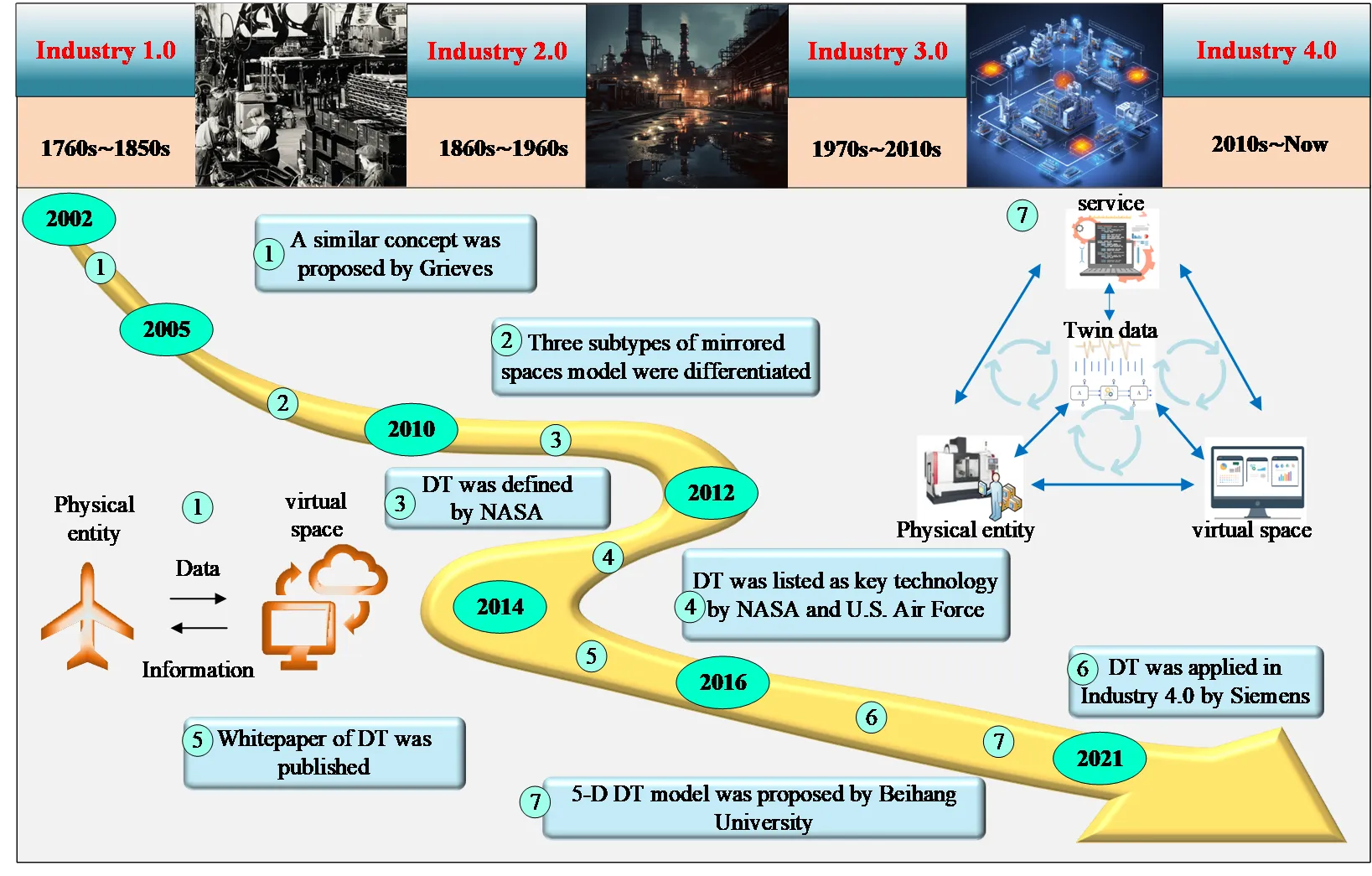
Open Access
Article
31 January 2024Design of Intelligent and Sustainable Manufacturing Production Line for Automobile Wheel Hub
The wheel hub is an important part of the automobile, and machining affects its service life and driving safety. With the increasing demand for wheel productivity and machining accuracy in the automotive transport sector, automotive wheel production lines are gradually replacing human production. However, the technical difficulties of conventional automotive wheel production lines include insufficient intelligence, low machining precision, and large use of cutting fluid. This paper aims to address these research constraints. The intelligent, sustainable manufacturing production line for automobile wheel hub is designed. First, the machining of automotive wheel hubs is analyzed, and the overall layout of the production line is designed. Next, the process equipment system including the fixture and the minimum quantity lubrication (MQL) system are designed. The fixture achieves self-positioning and clamping functions through a linkage mechanism and a crank–slider mechanism, respectively, and the reliability of the mechanism is analyzed. Finally, the trajectory planning of the robot with dual clamping stations is performed by RobotStodio. Results show the machining parameters for a machining a wheel hub with a diameter of 580 mm are rotational speed of 2500 rpm, cutting depth of 4 mm, feed rate of 0.5 mm/r, and minimum clamping force of 10881.75 N. The average time to move the wheel hub between the roller table and each machine tool is 27 s, a reduction of 6 s compared with the manual handling time. The MQL system effectively reduces the use of cutting fluid. This production line can provide a basis and reference for actual production by reasonably planning the wheel hub production line.

Open Access
Review
29 December 2023A State-of-the-art Review on the Intelligent Tool Holders in Machining
In the manufacturing process, in addition to the properties of material itself, the quality of a product is directly related to the cutting process. Cutting force and cutting heat are two crucial factors in cutting processing. Researchers can analyze various signals during cutting process, such as cutting force signal, vibration signal, temperature signal, etc., which can regulate force and temperature, optimize the cutting process, and improve product quality. Therefore, it is very important to pay attention to various signals in cutting process. Meanwhile, good-quality signal data sets will greatly reduce time, resource and labor costs for subsequent use or analysis of researchers. Therefore, how to collect high-quality signals effectively and accurately is the first step. At present, researchers prefer to use various sensors to collect signals. With the advancement of science and technology, intelligent tool holder appears in researchers’ vision. It integrates multiple systems such as sensors, data collection, data transmission, and power supply on the tool holder. It replaces traditional wired sensors, and it is highly interactive with CNC machine tools. This paper will carry out a systematic review and prospect from three aspects: the structural design of the intelligent tool holder, the signal monitoring technology of the intelligent tool holder, and the tool condition monitoring of the intelligent tool holder.
